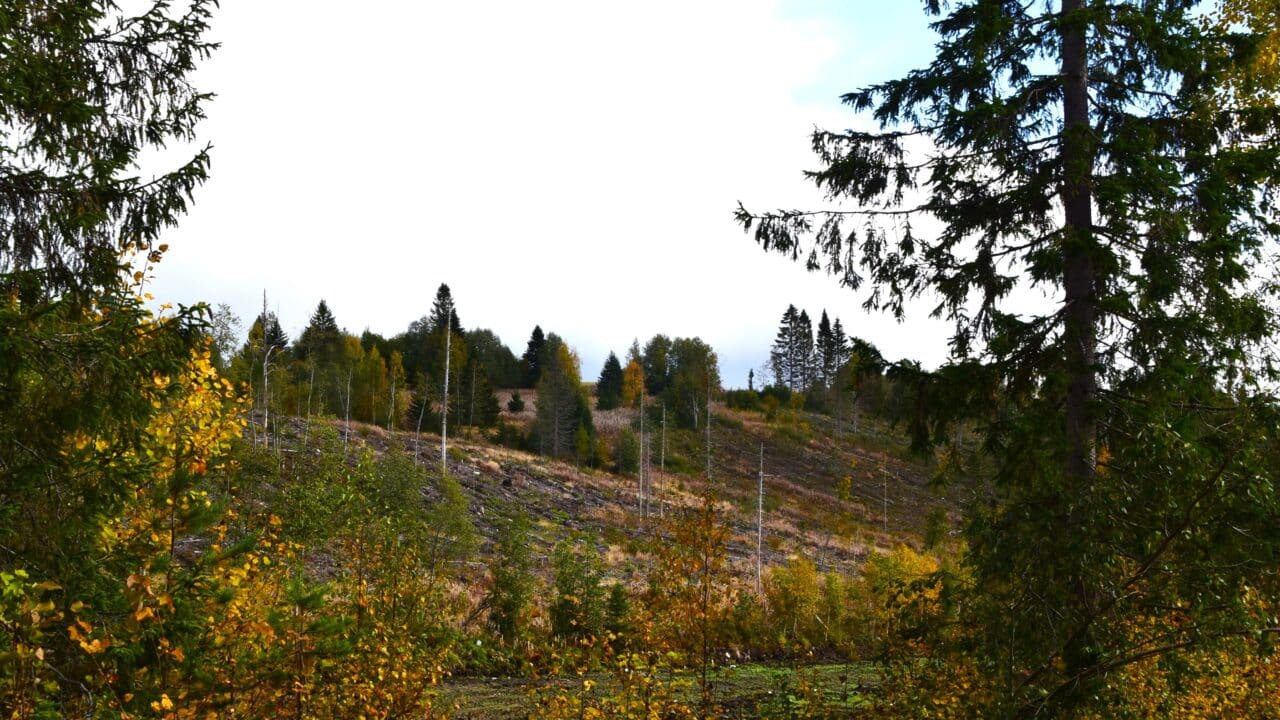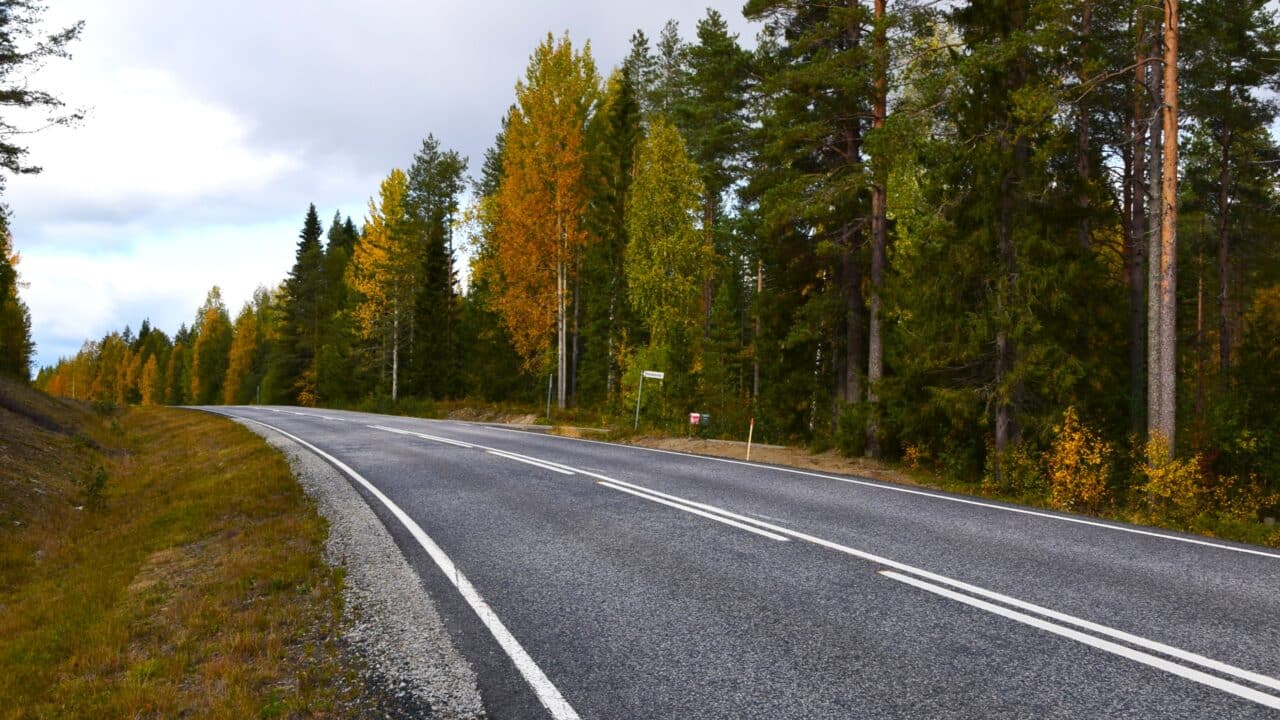Hotakka battle site
Hotakanvaara Hill is a dominant terrain feature between Rasti and Jyrkänkoski. Many battles were fought over its control.

Development of the situation in the Rasti–Hotakka–Jyrkänkoski area
When the Finnish troops broke away from the Rasti area on 11 December 1939, an outpost was left in the Hotakka area, but it was forced to withdraw to Jyrkänkoski the same evening. An attempt was made to push the enemy back with a counterattack on 12 and 13 December, but the momentum stopped at Hotakka.
In the counterattack on Christmas Eve, Group Ilomäki attacked from Jyrkänkoski towards the Rasti area from the north while Brigade Vuokko attacked from the south. Group Ilomäki was used to form a battlegroup of just under battalion strength, led by Captain Salonmies and supported by Lieutenant Seppävuori’s artillery battery. Attacks on the Rasti area were unsuccessful because of strong enemy resistance and poor cooperation between the Finnish troops.
In connection with the counterattack of the Finnish 9th Division, Detached Battalion 14 (Det Bn 14) and the 3rd Battalion of Infantry Regiment 25 (3rd Bn/Inf Regt 25) moved from Jyrkänkoski to attack operations on 28 January 1940. Starting on 28 January, the 3rd Battalion of Infantry Regiment 25 led by Salomäki attacked from Jyrkänkoski towards Rasti and captured the Hotakka area. After this, Hotakanvaara Hill remained in Finnish hands until the end of the war.

Finnish-speaking guides of the 54th Mountain Division
In several combat situations in Kuhmo, it was observed that the Soviet troops were accompanied by Finnish-speaking soldiers or guides. Eino Mustamo reminisces about his experiences in an article for the Kansa Taisteli magazine: This is how the Winter War began (unpublished):
A company’s command tent had been left behind and captured by the enemy in Hotakka. The boys made a call via the line to the telephone there. A voice in broken Finnish replied: ‘Hello.’
– ‘Is Hotakka there?’ the boys asked.
– ‘Yes, Hotakka himself on the phone’, came the slightly dialectal reply (Hotakka was not a surname).
– ‘This is Major Susi (Wolf)’, the boys came up with. ‘At 7 o’clock in the morning, a reinforced battalion will attack between Hotakka and Rasti.’
It is anyone’s guess what ‘Hotakka’ thought about that…
Infantry battery defending Hotakka
At the start of a Finnish counterattack, on 7 February, Captain Flink handed over front-line responsibility at Jyrkänkoski to Lieutenant Oskari Peltola’s detachment consisting of military policemen and replacements.
In the Hotakka area, front-line responsibility was taken over by the ‘Infantry Battery’ on 8 February. It was the 7th Battery of the 3rd Artillery Battalion of Field Artillery Regiment 9 (7th Btry/3rd Arty Bn/Fd Arty Regt 9), which had originally been formed as an artillery battery, but there had been no artillery pieces available. So it served as an infantry company throughout the entire Winter War.